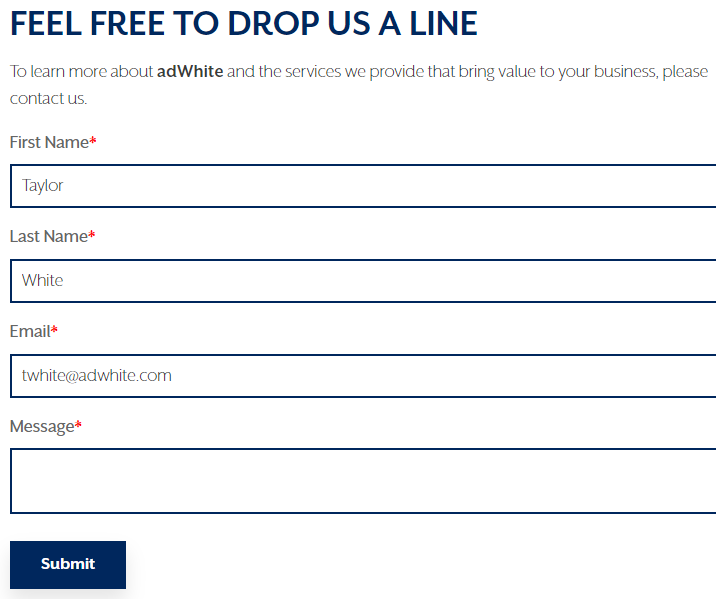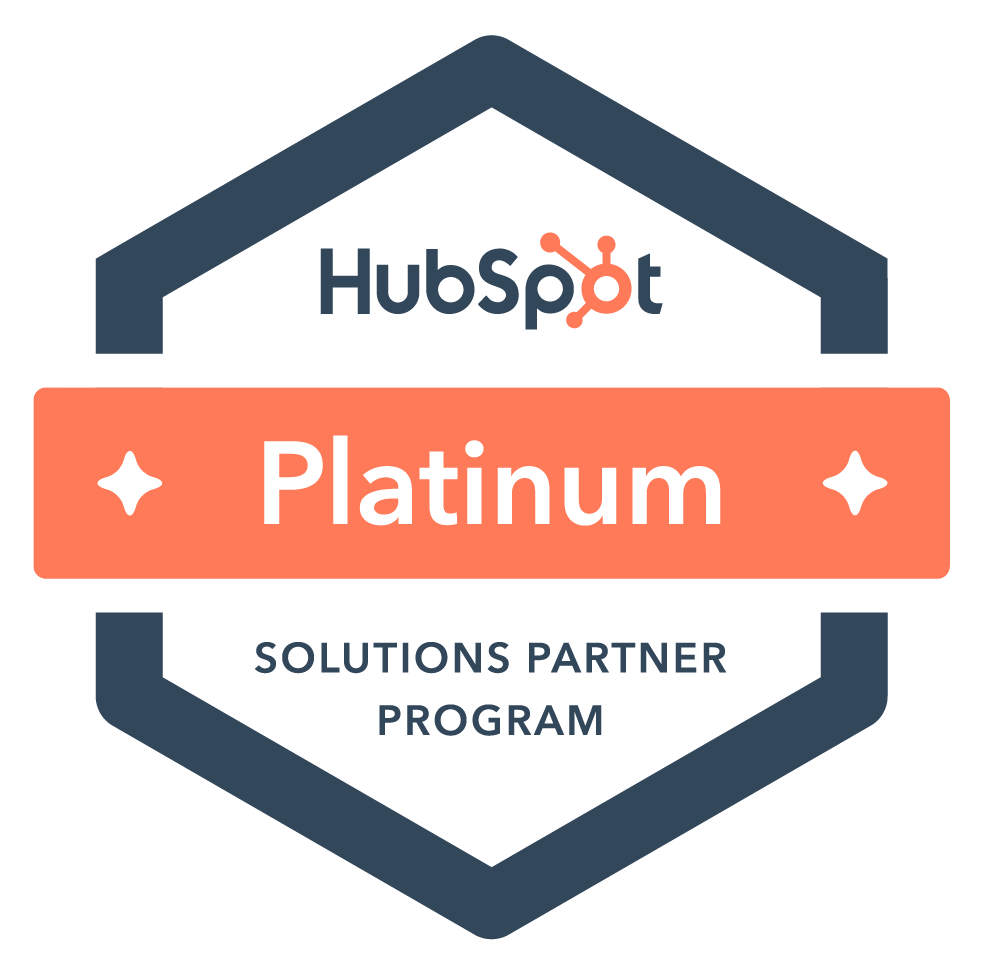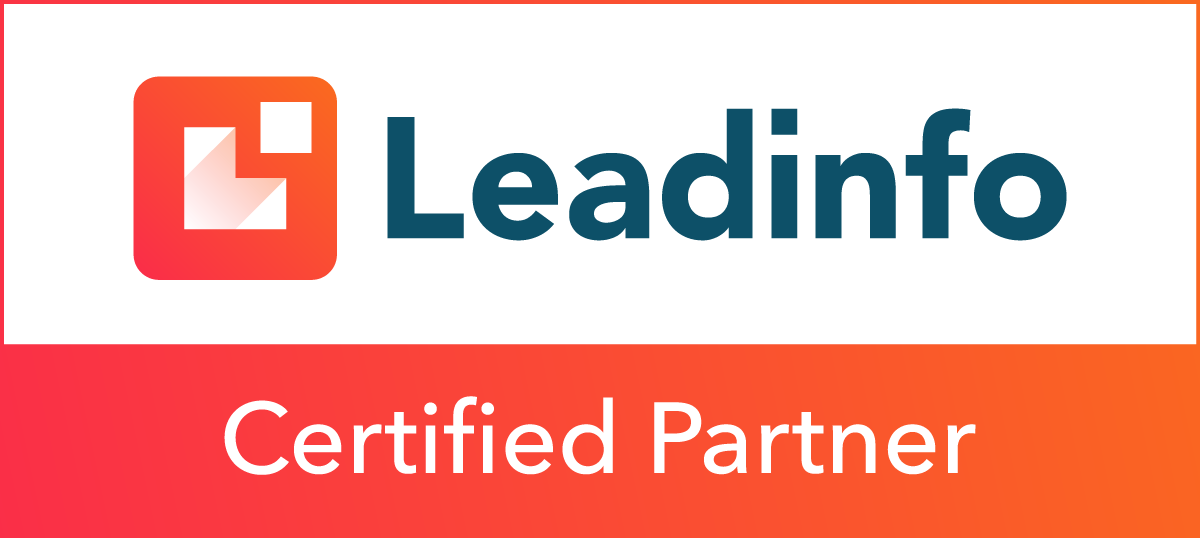
Blog

Capturing Opt-Ins from Your Content
In 2020, as much of the world shifted online during the COVID-19 pandemic, digital privacy became a hot topic from passage of the California Privacy Rights Act (CPRA) to the European Union’s introduction of the Digital Services Act and the Digital Markets Act.
And so far in 2021 digital privacy remains in the headlines across the globe:
- Apple’s latest mobile software update allows users to decide whether apps monitor and share their online activity with others.
- Google plans to disable a tracking technology (called cookies) from following users’ online activity.
- Facebook is working on a pivot that may fundamentally transform how its advertising business targets consumers.
“Access to [targeting] data will become more limited over the course of the next couple of years,” Facebook’s vice president of ads and business products Graham Mudd told The Verge. “That’s just a reflection, I think, of peoples’ changing expectations around privacy … we’re embracing and trying to build for that future.”
Sea Change in How Small and Midsize Businesses Market
The New York Times reports that this may all add up to a sea change in how businesses are able to market online.
“The developments may seem like technical tinkering, but they were connected to something bigger: an intensifying battle over the future of the internet,” wrote Brian X. Chen in the New York Times. “The struggle has entangled tech titans, upended Madison Avenue and disrupted small businesses. And it heralds a profound shift in how people’s personal information may be used online, with sweeping implications for the ways that businesses make money digitally.”
Small and midsize businesses that relied on third-party tracking or cookies to generate leads and sales may be hit hardest by these changes.
Hospitality and online travel technology consultant Max Starkov told Travel Weekly recently that with little to no first-party data, information collected directly from visits to your websites and apps, will need a new marketing game plan.
“Starkov suggest that midsize and smaller travel players who rely on third-party cookies may need to take a more aggressive approach in content marketing moving forward, doubling down on crafting enticing website content and social media posts, enhancing SEO, investing in public relations or influencer marketing, or hosting webinars, among other efforts,” wrote Travel Weekly.
Permission Marketing: Great Content Needs Opt-Ins
Getting potential prospects to opt-in to your email list is crucial for your content marketing and sales strategy.
“There are many ways to encourage people to opt into your email list from your website or blog (or even in your checkout process),” writes Tom Treanor in the Content Marketing Institute.
Treanor’s article highlights 14 different types of opt-ins which shows there are many avenues to getting permission marketing consent.
Of course, too much of a good thing can be bad, so businesses want to pick and choose the opt-ins that make sense for them and that are most beneficial to their customers.
Opt-ins can range from general types on your main website to specific opt-ins for your blogs and e-commerce.
General types of opt-ins can include:
- Content recommendations: Give visitors an option to personalize content by opting into future contact.
- Exit intent: When the visitor is about to leave, this opt-in gives them a chance to opt-in for future information.
- Footer: An opt-in typically tucked discreetly into your bottom footer which can capture consent after the visitor has scrolled through all your information.
- Header: Go big or go home! These opt-ins can’t be missed by your visitors.
- Pop-up: Love them or hate them, this is the opt-in we are all familiar with.
- Slide-in: Like a pop-up, these opt-ins, true to their name, slide into the page from the side.
- Squeeze page: A specific landing page designed to capture opt-ins by offering something in exchange such as a white paper, report, ebook or other information in exchange for subscribing to your email list.
- Toolbar: This opt-in is integrated with your website’s toolbar and will naturally appear first when your page loads.
Blog content can be powerful sources of opt-ins. Placement can range from post footers to sidebars to the comment section. You can also offer content upgrades in this area for opt-ins.
Finally, do not overlook e-commerce for opt-ins. Obviously you have already made a sale, but if you want to set the table for future sales, offer opt-ins placed in the order checkbox or use a discount pop-up to achieve consent while making the consumer happy.
Contact adWhite today to find out how we can design an inbound marketing strategy that will generate your business opt-ins that lead to more engagement and sales.
Subscribe to email updates
Recent posts

Related Articles

Topics

Topics

Topics






